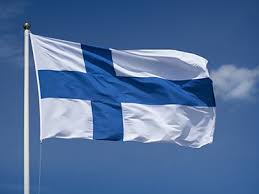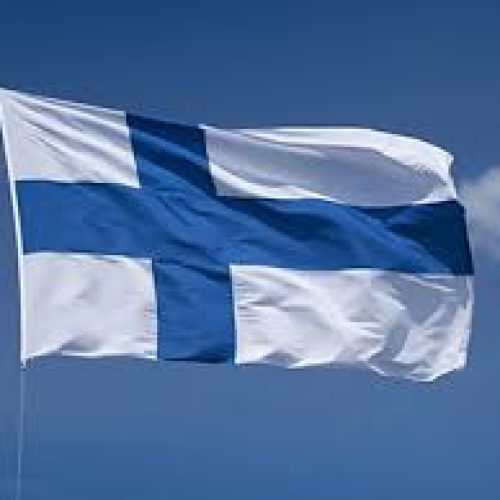
The Program for International Student Assessment (PISA) is a study conducted every three years to test the reading, math, and science literacy of 15-year-olds in developed nations. Unlike a standardised test, PISA does not measure a student’s ability to memorise or their ability to take a test. It measures how well students synthesise what they have learned, and if they can apply concepts and theories they have learned.
For the last two decades, Finland’s students have consistently maintained the top position on this scale. Their phenomenal results have meant that educators from around the world have been scrambling to understand what makes Finland’s education system so effective.
Some of the practices by Finland that have led the country to this position are free education, less study, and more hours on a child’s development, rendering homework as an obsolete concept, better and very few standardised tests, and a high degree of reverence attached to the teaching profession.
No tuition fee is charged in schools from playschool up to graduate and postgraduate. As a result, there are no private schools. Rich and poor children study in the same schools and grow together as friends. Parents can be sure their children receive a quality education and their kids grow up to be cooperative and understanding fellow citizens.
The total school hours per week are 20, including break time. The idea is to keep the students fresh and alert so that they can absorb fewer topics but in more depth. Shorter school days, a shorter annual term, and no homework mean more time spent with family and friends. This also presents an opportunity to develop as a better human being by letting students be together, learning more about their hobbies, music, sports, reading; to explore and discover and discuss it with others.
The goal of their system is not to score high on standardised tests but to focus on students and their respective needs Students are taught painting, music, baking, arts, carpentry and go for nature walks. Because they are not striving for high test scores, education is personal, specific to an individual student’s needs, and creative.
Most importantly, teaching is highly respected as a profession and well-paid. It is hard to become a teacher. Teachers must have at least a master’s degree, and over the course of their jobs they are further trained and groomed.
The entire focus of the Finnish education system is on the student and their learning.
Read LynNell Hancock’s article in the Smithsonian Magazine for more information about Finland’s education system.
